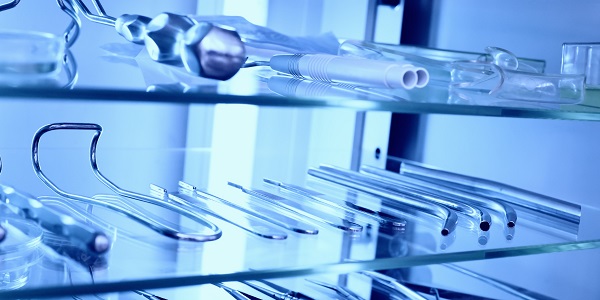Sterilization, harmonization and the state of the art

Work is in progress to include Annex Zs into new editions or amendments to the applicable sterilization and aseptic processing standards.
The European Medical Devices Regulation 2017/745 (MDR) includes general safety and performance requirements (GSPRs) in Annex I related to infection and microbial contamination. These GPSRs include requirements related to sterility. The In Vitro Diagnostic Medical Devices Regulation 2017/746 (IVDR) includes parallel requirements to the MDR.
The regulations have specific roles for harmonized standards in demonstrating conformity. Article 8 in each regulation indicates that harmonized standards are those referenced in the Official Journal of the European Union. Devices in conformity with relevant harmonized standards are presumed to be in conformity with the requirements of the regulation covered by those standards. Additionally, the presumption of conformity also applies to system or process requirements, including those requirements relating to risk management.
In order for a standard to be harmonized under the regulations, a standardization request has to be agreed between the European Commission and the European Standards organizations – CEN and CENELEC. A draft of this standardization request was published by the European Commission. The European standards for designating medical devices as sterile, validating and routinely controlling particular sterilization processes and aseptic processing are on the list of standards to be harmonized in this draft standardization request. The deadline for adoption of most of the listed standards is 27 May 2024. This deadline applies to the standards for designating devices as sterile, validation and routine control of sterilization processes and aseptic processing.
Harmonized European standards include European Annex Zs that show the relationship between the requirements of the standard and the regulatory requirements in the European Directives or Regulations that are applicable to the scope of that standard. Work is in progress to include Annex Zs into new editions or amendments to the applicable sterilization and aseptic processing standards.
In addition, there are numerous references in the MDR to the manufacturer taking into account the generally acknowledged state of the art. The intention of the standards for sterilization is that these are regularly reviewed and updated as necessary in order to reflect this state of the art.
BSI has published over 70 documents on sterilization and associated equipment and processes. Of these, 46 are adoptions of ISO standards, most of which are common European and International standards. The other British Standards documents are 17 adoptions of European standards that do not have international equivalents and nine standalone British Standards. The standalone British Standards have been in place for a long time and remain either because there is no European or International standard on the topic or because there is a cross-reference to the document from another current standard. Work has been started recently to update:
- BS 3970, focusing on a specification for sterilizers using moist heat for fluids in sealed containers
- BS 2646, giving requirements and performance tests for laboratory sterilizers
- BS 6256, focusing on a method for determination of methylene blue particulate penetration of packaging for terminally-sterilized medical devices
This is an excerpt from the forthcoming BSI medical devices white paper: Sterilization – Regulatory requirements and supporting standards. To browse our collection of medical device white papers, please visit the Insight page on the Compliance Navigator website.
Request more information today for a call back from a member of our sales team so that you can get a better understanding of how Compliance Navigator can meet your needs.
The Compliance Navigator blog is issued for information only. It does not constitute an official or agreed position of BSI Standards Ltd or of the BSI Notified Body. The views expressed are entirely those of the authors.

